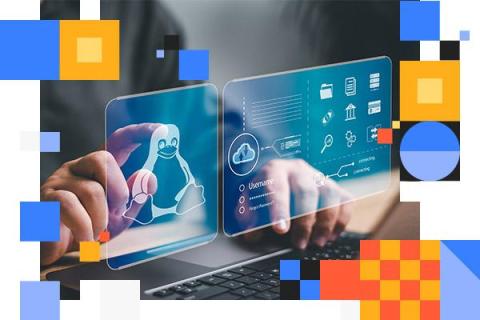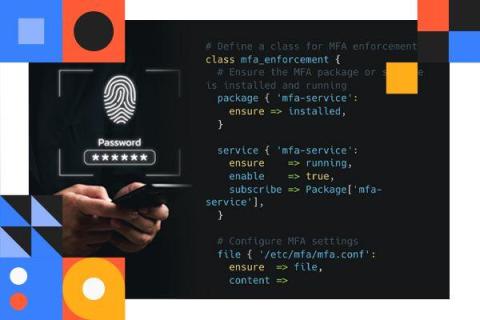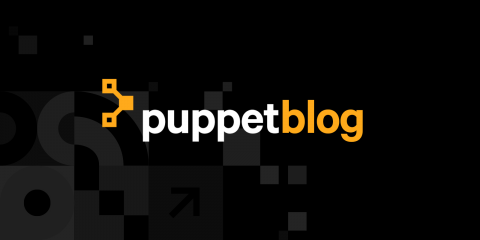What is Software Deployment Automation & Which Tool is Right for You?
Software deployment automation can simplify and speed up your delivery cycle. It can reduce risk, allow teams to easily test after changes are made, and help provide consistency for the overall development pipeline. If it sounds complicated, we’re here to break it down each step into a cheat sheet that provides tips and best practices for the software deployment automation process.











